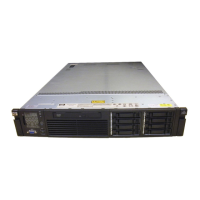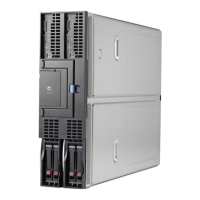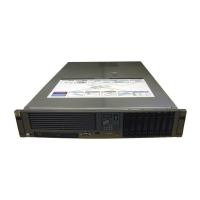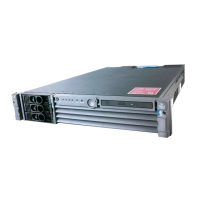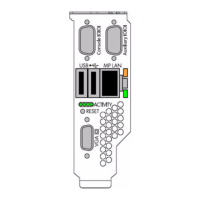Booting HP-UX from the UEFI Boot Manager
1. From the UEFI Boot Manager menu, choose an item from the boot options list to boot HP-UX.
2. Access the UEFI Boot Manager menu for the server on which you want to boot HP-UX.
3. Log in to iLO MP, and then to choose the system console, enter CO.
4. Confirm you are at the UEFI Front Page. If you are at another UEFI menu, then to exit the menu,
choose the Exit option or press X. Exit until you return to the screen that lists the keys that can
be pressed to launch various Managers. To launch the Boot Manager, press B.
5. At the UEFI Boot Manager menu, choose an item from the boot options list.
Each item in the boot options list references a specific boot device and provides a specific set
of boot options or arguments you use when booting the device.
6. To initiate booting using your chosen boot option, press Enter.
7. Exit the console and iLO MP interfaces.
8. To exit the system console and return to the MP Main Menu, press Ctrl-B. To exit the MP Main
Menu, enter X at the MP Main Menu.
Booting HP-UX from the UEFI Shell
1. Access the UEFI Shell.
2. From the UEFI Front Page, press S to launch the UEFI shell.
3. Use the map command to list the file systems (fs0, fs1, and so on) that are known and have
been mapped.
4. To select a file system to use, enter the mapped name followed by a colon (:). For example,
to operate with the boot device that is mapped as fs0, at the UEFI Shell prompt, enter fs0:.
5. To launch the HPUX.EFI loader from the currently selected boot device, at the UEFI Shell
command prompt, enter HPUX.
If needed, specify the full path of loader by entering \EFI\HPUX\HPUX at the UEFI Shell
command prompt.
6. Allow the HPUX.EFI loader to proceed with the boot command specified in the AUTO file,
or manually specify the boot command.
By default, the HPUX.EFI loader boots using the loader commands found in the \EFI\HPUX\
AUTO file on the UEFI System Partition of the selected boot device. The AUTO file typically
contains the boot vmunix command.
To interact with the HPUX.EFI loader, interrupt the boot process (for example, enter a space)
within the time-out period provided by the loader. To exit the loader, use the exit command,
which returns you to UEFI.
Booting HP-UX in single-user mode
1. Use steps 1–5 from “Booting HP-UX from the UEFI Shell” (page 38) to access the UEFI shell,
and launch the HPUX.UEFI loader.
2. Access the HP-UX Boot Loader prompt (HPUX>) by pressing any key within the 10 seconds
given for interrupting the HP-UX boot process. Use the HPUX.EFI loader to boot HP-UX in
single-user mode in step 3.
After you press a key, the HPUX.EFI interface (the HP-UX Boot Loader prompt, HPUX>)
launches. For help using the HPUX.EFI loader, enter the help command. To return to the
UEFI Shell, enter exit.
3. At the HPUX.EFI interface (the HP-UX Boot loader prompt, HPUX>) enter the boot -is
vmunix command to boot HP-UX (the /stand/vmunix kernel) in single-user (-is) mode.
HP Confidential38 Operating system procedures
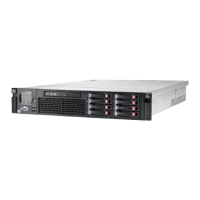
